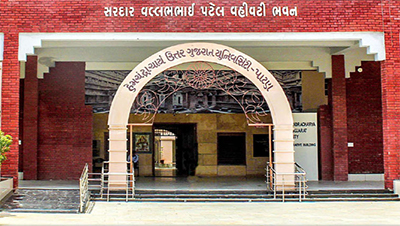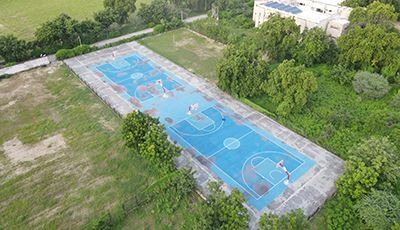Hemchandracharya North Gujarat University is expanded over the total land of 212.50 acer at Patan. The geographical jurisdiction of the North Gujarat University encompasses five districts of North Gujarat region namely Mehsana, Patan, Banaskantha, Sabarkantha and Aravalli. Each of these five districts has its own distinct heritage. Geographically, one part of the whole area is towards the desert of Kachchh, while on the North Eastern side are rocky regions of forest populated by the tribal. The economy of the area is mainly agricultural. With a view to catering to the peculiar cultural and educational needs of the area, Hemchandracharya North Gujarat University was established by the Ordinance No. 5 of 1986 dated 17.5.1986 which was later passed as the North Gujarat University Act No.22 of 1986 on 11.9.1986 by the Legislative Assembly of Gujarat. The University has been functioning since then and growing and expanding steadily. Recently, the university has established its sub-campus at Vadali in Sabarkantha district during 2014-15 that has facilitated the students and people of the remote district to a great extent. Thus, by extending the university’s campus geogrophically, it has tried to do its best to reach upto the remotest corner of its jurisdiction to expand the horisons of knowledge and higher education.
Patan city is the university head quarter. The historical importance of Patan cannot be underestimated. For centuries, it had been the capital city of a large kingdom under the rulers of Solanki Dynasty extending far beyond the bounds of the present day Gujarat and a very important seat of Jain scholarship. It is the holy land of Acharya Hemchandra, a great thinker who made valuable contribution to the studies in grammar, literature, religion and philosophy. The Rani- Ki- Vav, now one of the world heritage sites- a great architectural and sculptural monument of yester years, the lakes of Shahastralinga and Khansarovar, the Jain temples of Panchasara and a few other remains in and around the place testify to the glory that was Patan, in not so distant past.
Read more.png)





























